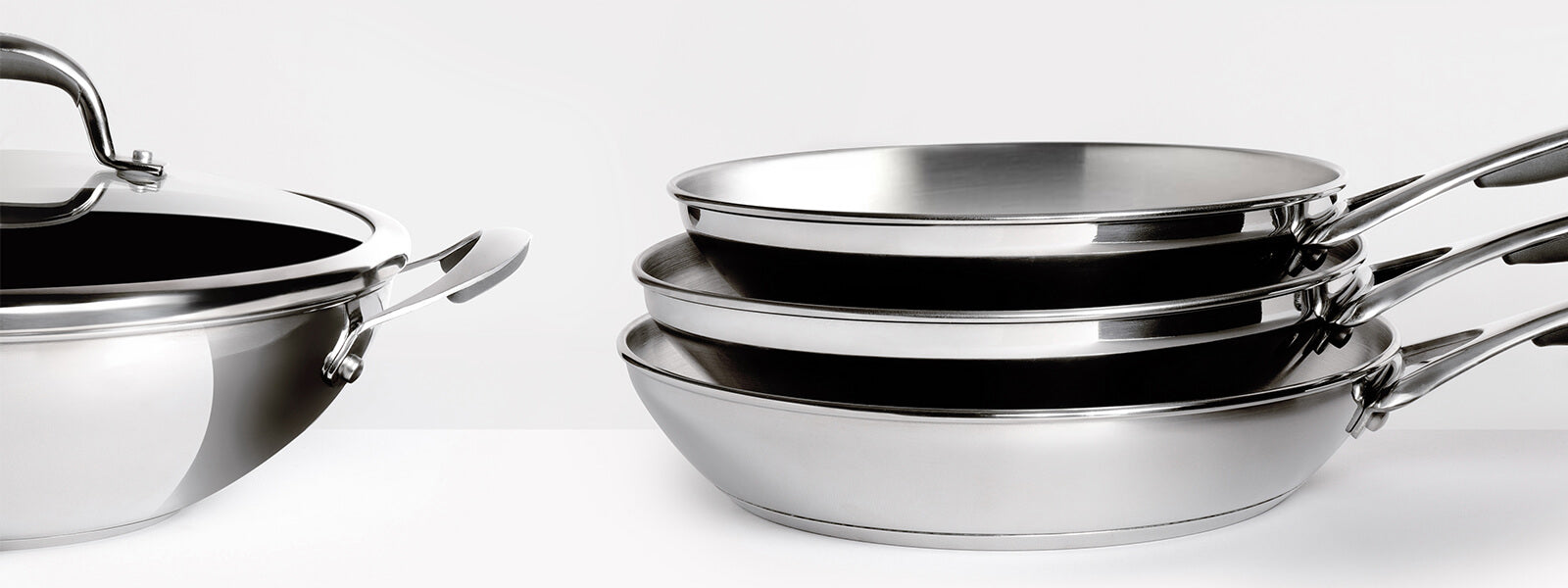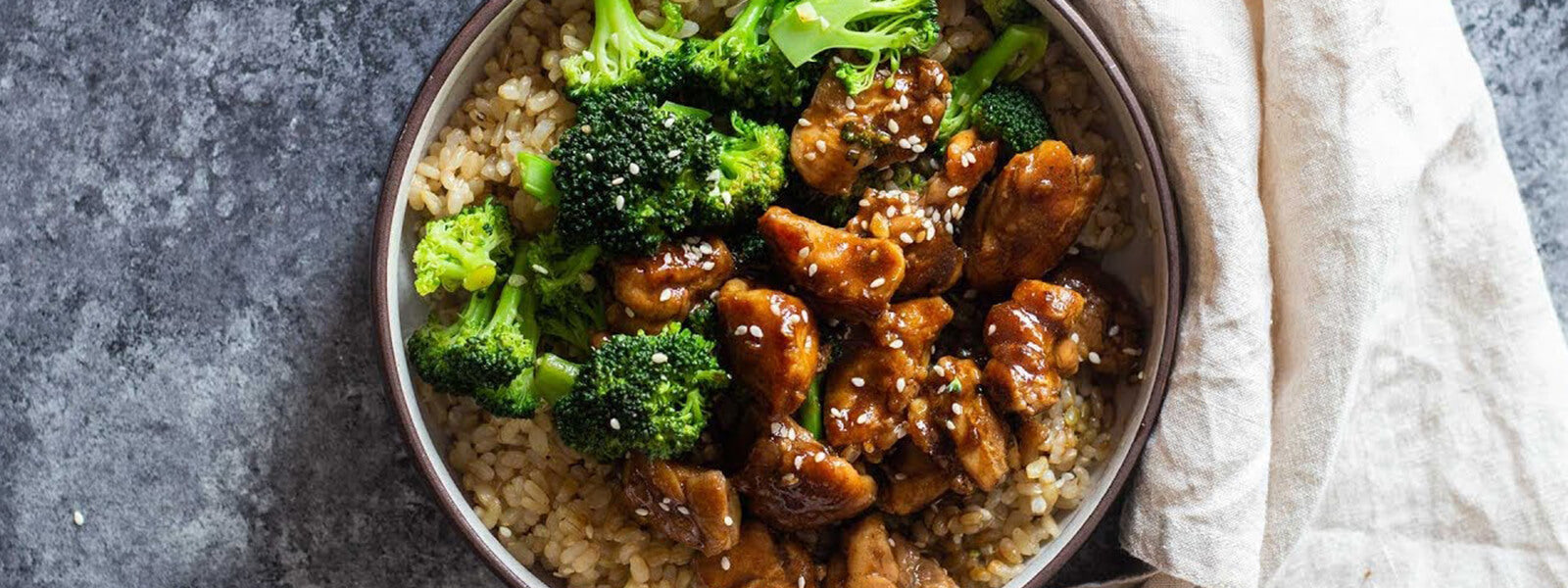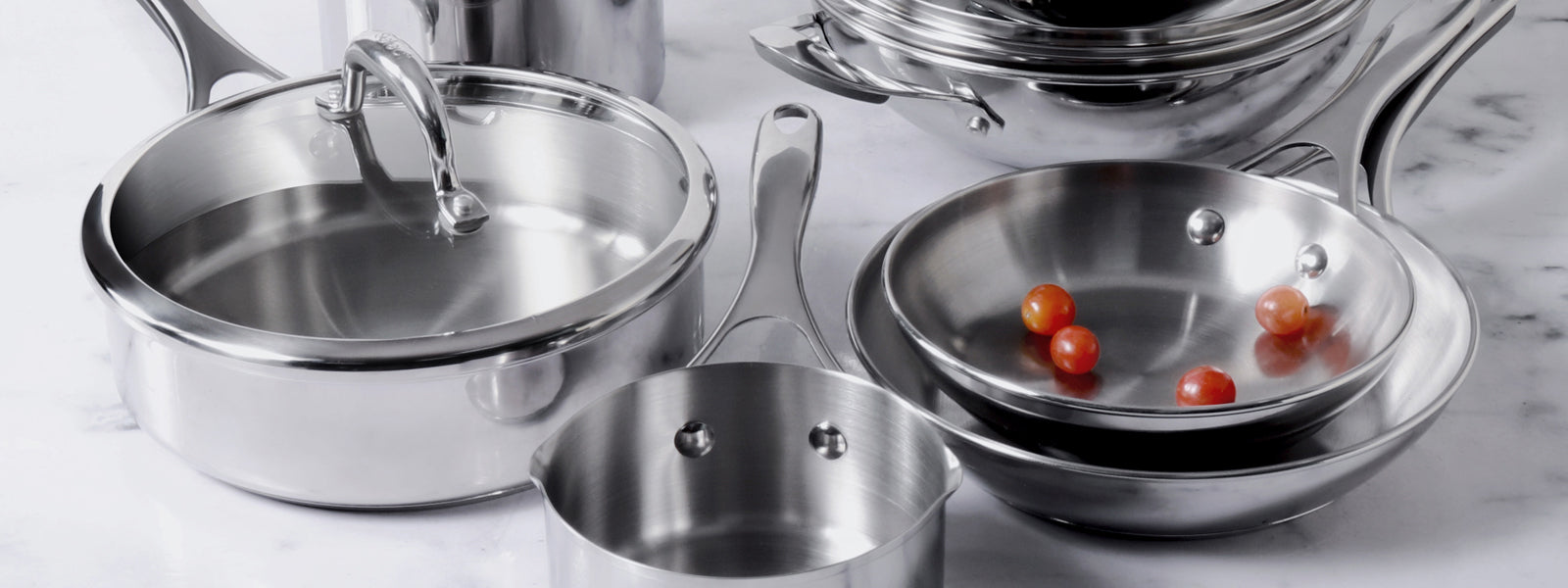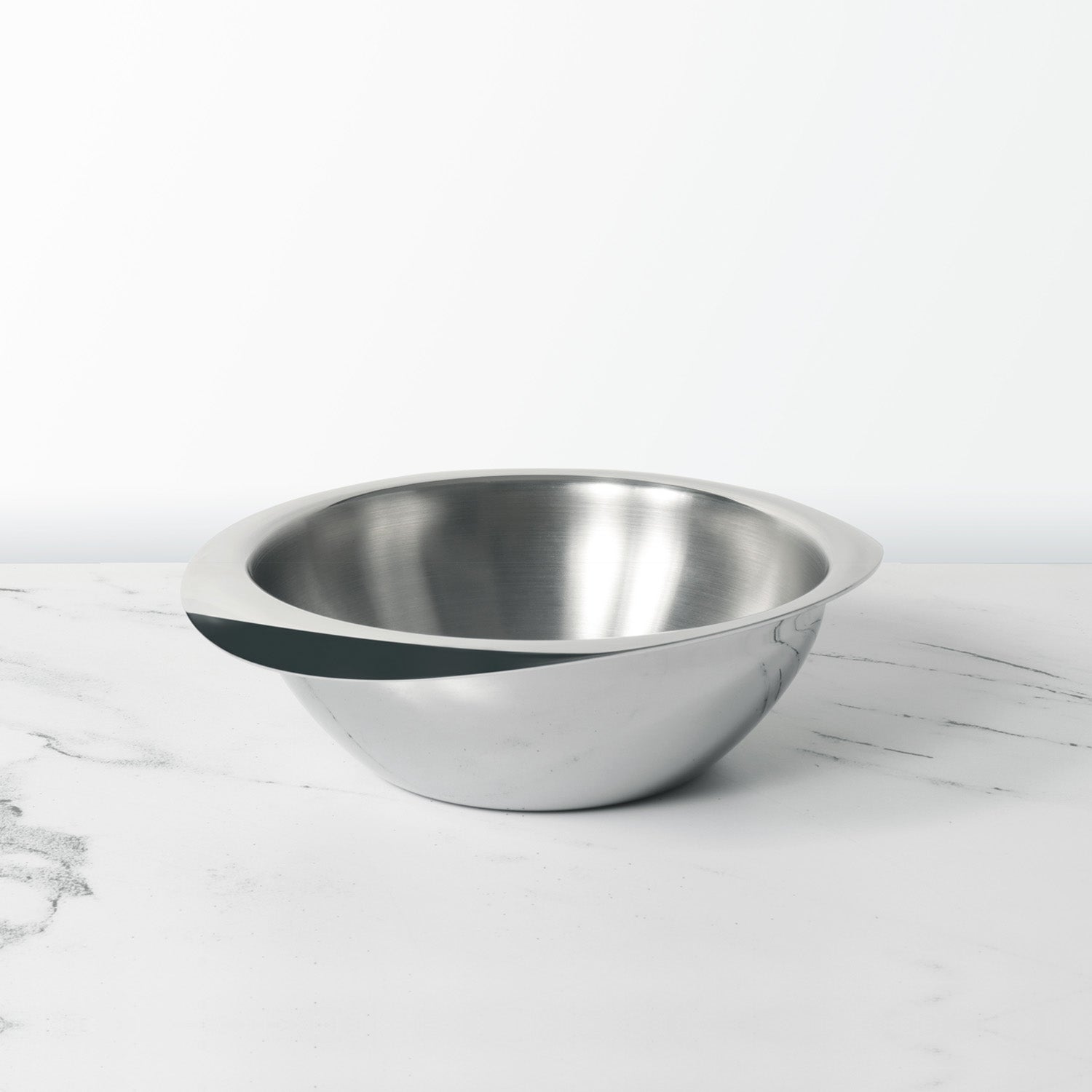Ratanjot, which is also called "Alkanet Root," is an Indian spice that is used to add flavour (like to tandoori chicken!) and a natural colour to food. Ratanjot roots are used to treat wounds, fever, and other illnesses, while Ratanjot oil is often used as hair oil.
Ratanjot is an Ayurvedic plant that grows in the hills of North India and the Mediterranean area. In English, it is called a "Physic nut," and its scientific name is "Alkanna tinctoria."
Ratanjot, which most people call "Alkanet," is great for your skin and hair. It is used both as a natural dye and a home remedy in India. The root of the plant is often used to give dishes like "Rogan Josh" a natural colour.
Table of Contents
About Ratanjot:
Ratanjot is a herb in the family Boraginaceae that is in the genus Alkanna. The plant has dark reddish-black roots and blue flowers. The roots are the most useful part of the plant. Ratanjot has been used as a natural dye since the Stone Age. Fresh alkanet root has a mild smell and a bitter, astringent taste, but when the roots are dried, they almost don't smell or taste at all, which makes them a great dye. The dye in the root comes out in alcohol and oil, but not in water.
Kashmiri Pandits use a dried herb called Ratan Jot to add a vibrant red color to their dishes. This natural spice was traditionally used in iconic Indian recipes like Rogan Josh and Tandoori Chicken, which remain immensely popular. However, with the advent of artificial food coloring, the use of Ratan Jot has declined over time. Paired with Kashmiri chilies, known for their fiery appearance but mild flavor, Ratan Jot continues to enhance the visual appeal of many Kashmiri and Punjabi dishes.
The root of the alkanet plant dissolves in alcohol, ether, and oils, but not in water. So, fry about a teaspoon of Ratanjot in two to three tablespoons of hot oil (ghee is a better option for superior flavour). When the liquid turns a deep red colour, pour it through a metal sieve to get rid of the Ratanjot and keep the oil. This oil or ghee will make your curries look like real flames, but they won't be hot.
Properties of Ratanjot:
- Ratanjot has chemicals in it like terpenes, saponins, trypsin inhibitors, curcin, and phytate. There is a lot of medical activity in diterpenoids. Flavonoids, phenols, and saponins can fight cancer, inflammation, and free radicals.
- 30–40% of the oils in ratanjot come from its seeds. There are more saturated fatty acids in the oil than there are unsaturated fatty acids.
- The seeds also have natural compounds like glucose, galactose, raffinose, fructose, crude proteins, arachidic acid, palmitic acid, myristic acid, linoleic acid, and oleic acid.
- The plant has many important biological and medical properties, such as antiviral, antibacterial, anti-neoplastic, anti-oxidant, anti-inflammatory, hypolipidemic, hepatoprotective, and antihypertensive properties.
Meyer Trivantage Stainless Steel Triply Cookware Kadai/Wok with Lid, 20cm
Health Benefits of Ratanjot:
Ratanjot roots are used to treat wounds, fever, and other illnesses, while Ratanjot oil is often used as hair oil.
- Ratanjot for Skin
Ratanjot or alkanet root can help reduce inflammation and can be used to clear and heal the skin. Ratanjot keeps your skin from getting infected or inflamed, and it can even help heal burn scars. It is often used in face masks and other skin care products to help heal burn scars because it has natural anti-inflammatory and cooling properties that draw heat away from the skin. This is one of the main ways that Ratanjot helps skin.
- Ratanjot for Health of the Heart
Ratanjot helps keep the heart and immune system healthy. The different chemicals in Ratanjot clean the bloodstreams of many poisonous and toxic substances. This helps the heart stay healthy and work better, and it also makes the blood flow better.
- Ratanjot for Sleeping Disorders
Traditional medicine experts say that the essential Ratanjot oil made from Alkanet roots can help with insomnia and other sleep problems. Experts say that putting Ratanjot oil on your head and around your nose will help you relax and calm down, which will help you get a better night's sleep.
- Ratanjot for headaches and fever
Ratanjot is good for making fever and headaches feel better. Ratanjot antioxidants and anti-inflammatory substances make the body feel cool and calm, which helps with the healing process. It makes you sweat, which can help bring your body temperature down when you have a fever.
- Ratanjot for Hair
Ratanjot is good for hair in a number of ways. Ratanjot or Alkanet can be used to colour your hair in a natural way. It helps your hair grow back and get stronger from the roots up. You can use Ratanjot powder to cover up grey hair because it gives hair its natural colour. Ratanjot oil made from the roots can help with a number of hair problems, such as a lot of hair loss, grey hair, and baldness.
Conclusion:
Ratanjot, a traditional herb known for its natural coloring properties, holds a significant place in Indian culinary and medicinal practices. Beyond its ability to impart a vibrant red hue to dishes, it offers several health benefits, including anti-inflammatory, antimicrobial, and skin-healing properties. Once a staple in iconic recipes like Rogan Josh, its usage has dwindled with the rise of artificial food coloring, but its legacy remains strong in regional cuisines and traditional remedies. Whether used for its culinary charm or therapeutic potential, Ratanjot is a testament to the richness of India's herbal heritage.











Leave a comment